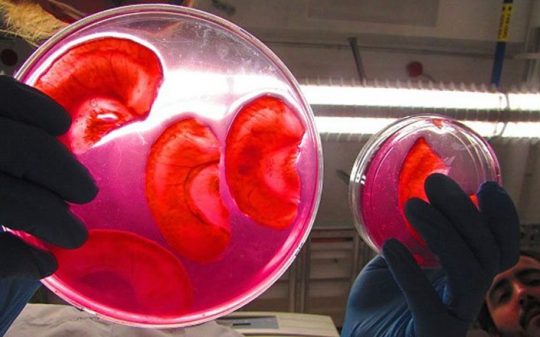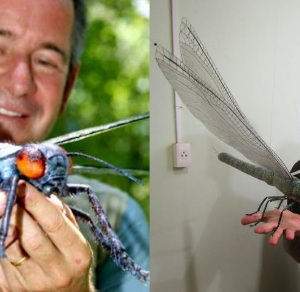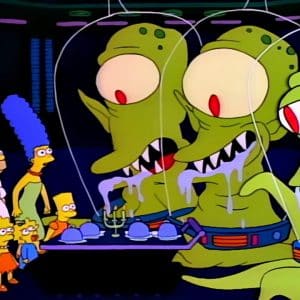The rogue work of one nonconformist scientist could one day enable us to grow cheap replacement body parts.
Humanity in general and humans in particular have one dream: to live longer than the allotted age. If we could live forever, well, that’d be just swell, never mind the consequences.
However enamored to the idea of just swapping out old organs for newer, flawless ones, we’re still a long way from mass producing body parts. Sure, there might be a few unorthodox laboratories secretly catering to the specific needs of the 0.01 percent, but these do nothing to benefit the rest of mankind. The reason behind this is that living matter is incredibly well-structured and its organized form is hard to grow outside of living things.
For example, you could multiply and grow liver cells in a lab but you would end up with an organic mass unable to serve any useful function. That’s because a liver is much more than a number of hepatic cells; these cells need to form tissue, which is fed by blood vessels and crisscrossed by a network of neurons. All this needs to sit inside a scaffold called the extracellular matrix (ECM). Huh, another matrix keeping things together.
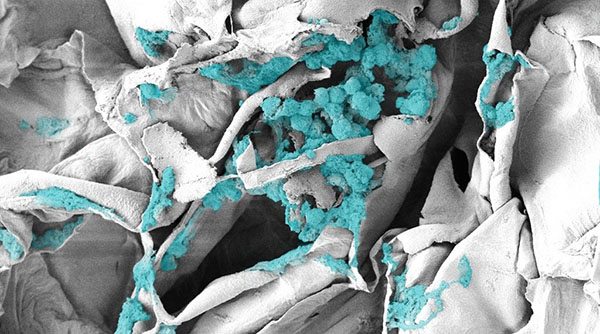
Colored in blue are human cells growing on an apple slice scaffolding
When growing organs in the lab, scientists don’t have a lot of options regarding the scaffolding they use. It’s either sourced from live animals and cadavers or 3D printed from proprietary materials. Both these practices are time-consuming and prohibitively expensive. Well, maybe not anymore.
We used an apple and it cost pennies.
Meet scientist-entrepreneur Andrew Pelling. Also a professor at the University of Ottawa, Pelling knows the only way to truly understand the world around us is to be curious and open-minded. That is how he got worldwide recognition for growing human ears from apple slices.
In order to do this, Pelling and his team came up with some “minor modifications to well-known decellularization protocols that are typically applied to existing organs and tissues.” Decellularization is the process through which cells are flushed out from tissue, leaving behind only the extracellular matrix. Scientists have been doing this for decades, but never before has been fruit used to grow human ears.
So how did they manage this feat of biohacking? Easy. Pelling’s wife is a musical instrument maker so she carves wood for a living. The scientist simply asked his wife to sculpt some ears from Macintosh apples. After removing all the apple cells from the apple ear, Pelling was left with a ready-to-use, cheap cellulose scaffold.
“As weird as this is, it’s actually really reminiscent of how our own tissues are organized,” Pelling told the audience during a Ted Talk. “And we found in our pre-clinical work that you can implant these scaffolds into the body, and the body will send in cells and a blood supply and actually keep these things alive. This is the point when people started asking me,’Andrew, can you make body parts out of apples?’ And I’m like, ‘You’ve come to the right place.'”
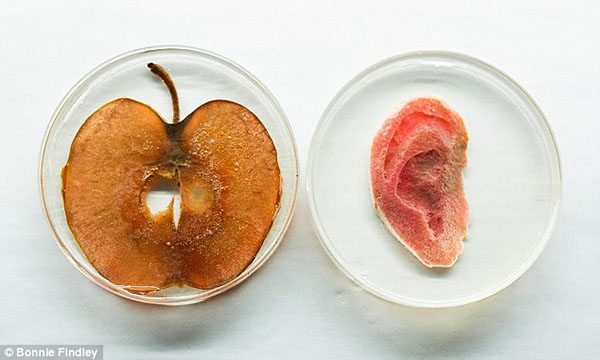
The importance of this endeavor goes far beyond the shock value of using something as unassuming as an apple to potentially make us live longer. In a very unexpected way, fruits and veggies could help improve the lives of many sufferers. The thing is, you have to set them in a Petri dish rather than a plate.
Sensing the importance of their project, Pelling and his team posted the instructions online as open-source. That way smaller laboratories on a tight budget could one day come up with solutions “to repair, rebuild and augment our own bodies with stuff we make in the kitchen.”
That would leave us with more time to come up with great ideas, a process that coincidentally happens in the same kitchen.
“Now, I was in my kitchen, and I was noticing that when you look down the stalks of these asparagus,what you can see are all these tiny little vessels. And when we image them in the lab, you can see how the cellulose forms these structures. This image reminds me of two things: our blood vessels and the structure and organization of our nerves and spinal cord.”
Imagine using asparagus stalks to grow new neurons and them implanting them in the bodies of those with damaged nerve connections. If researched properly, this technology has the potential to save millions. It goes without saying that an unconventional, creative way of thinking needs to be in place way before mainstream science can accept the fact that the solution to so many of our problems is right there in front of us.
In the meantime, don’t forget your fruits and vegetables. You know what they say, “an apple a day might save you from having to wear the same pair of tired-ass ears for the rest of your life.” Or so I’ve heard.
